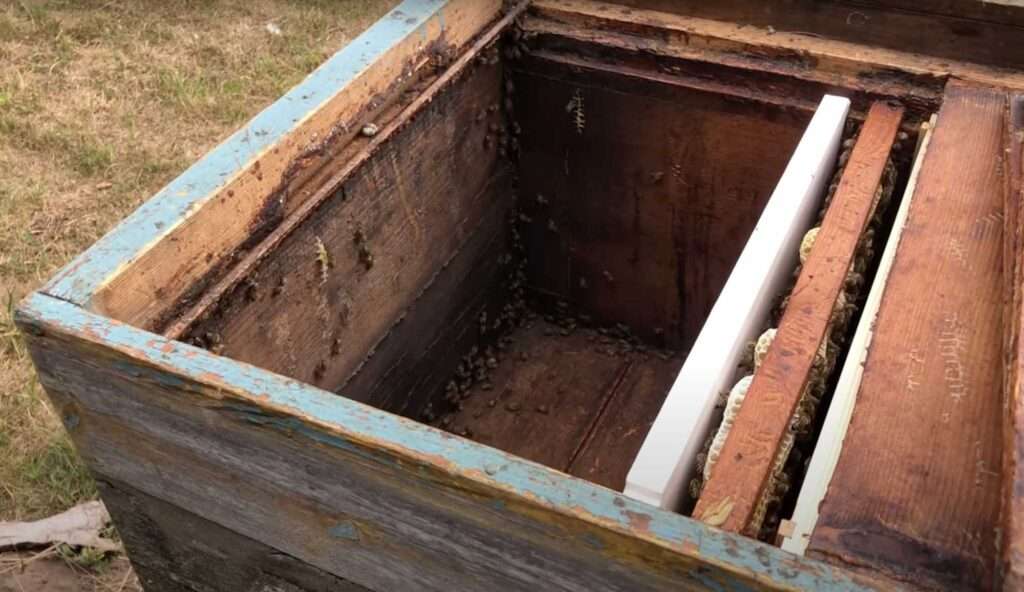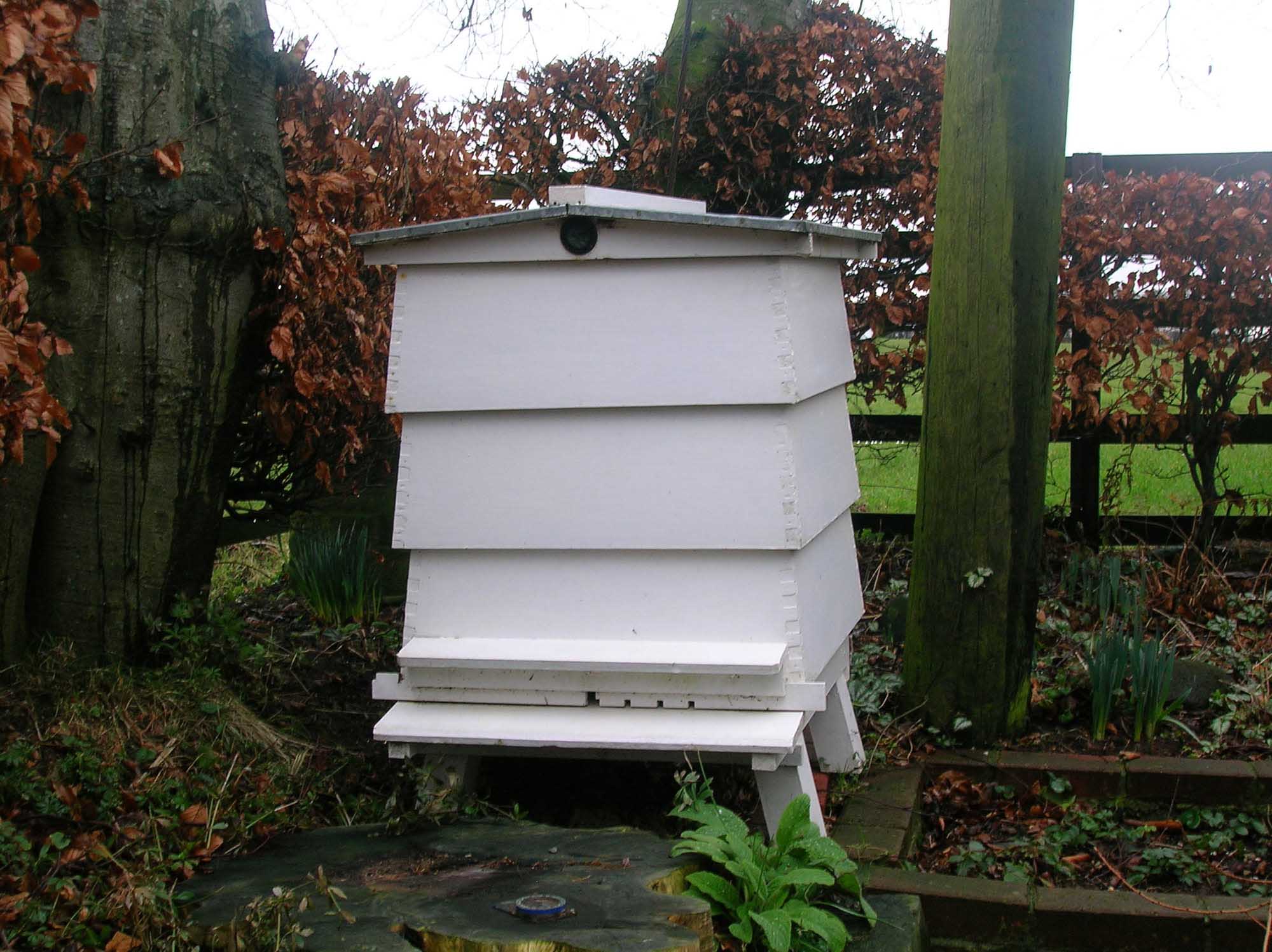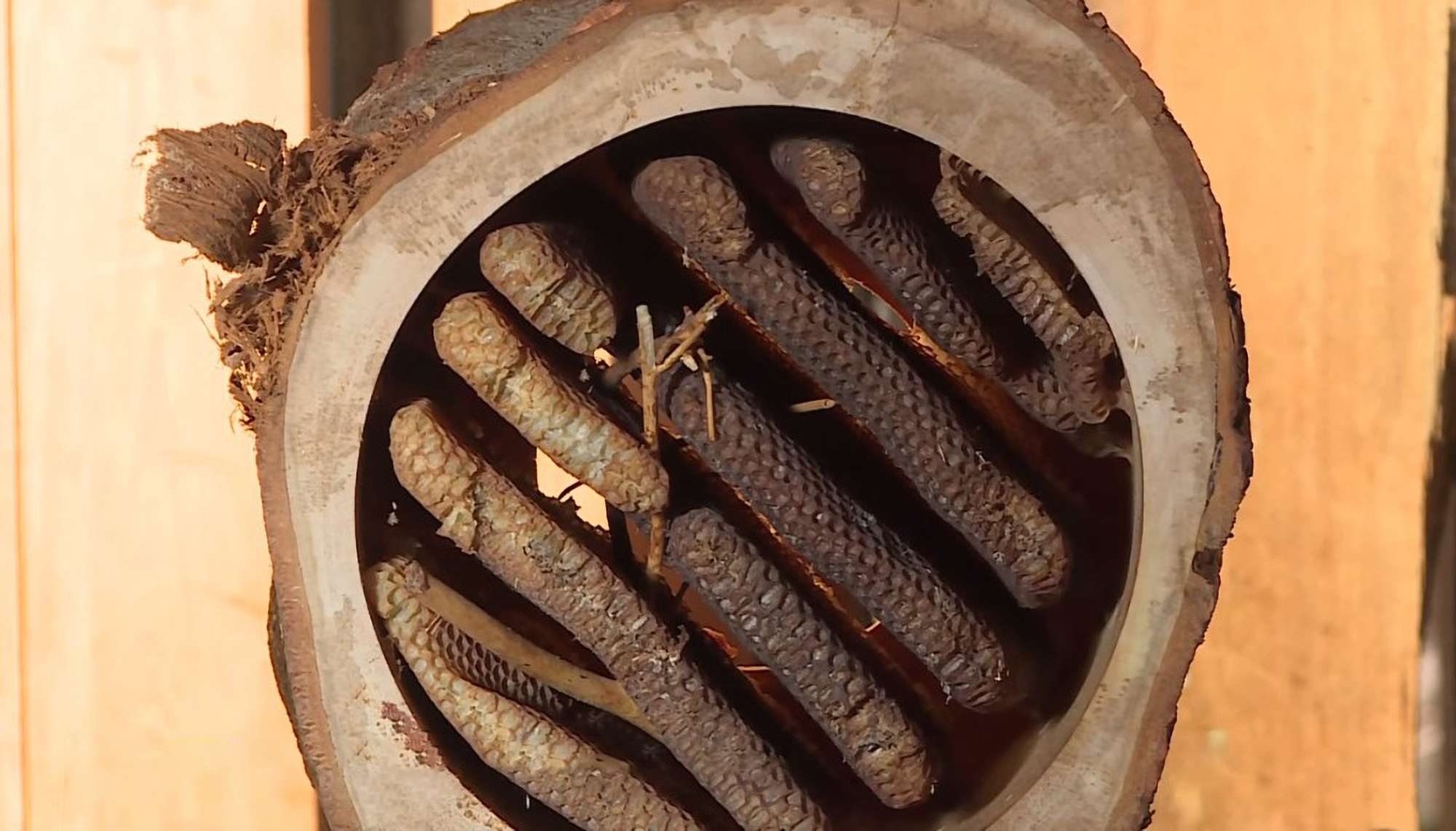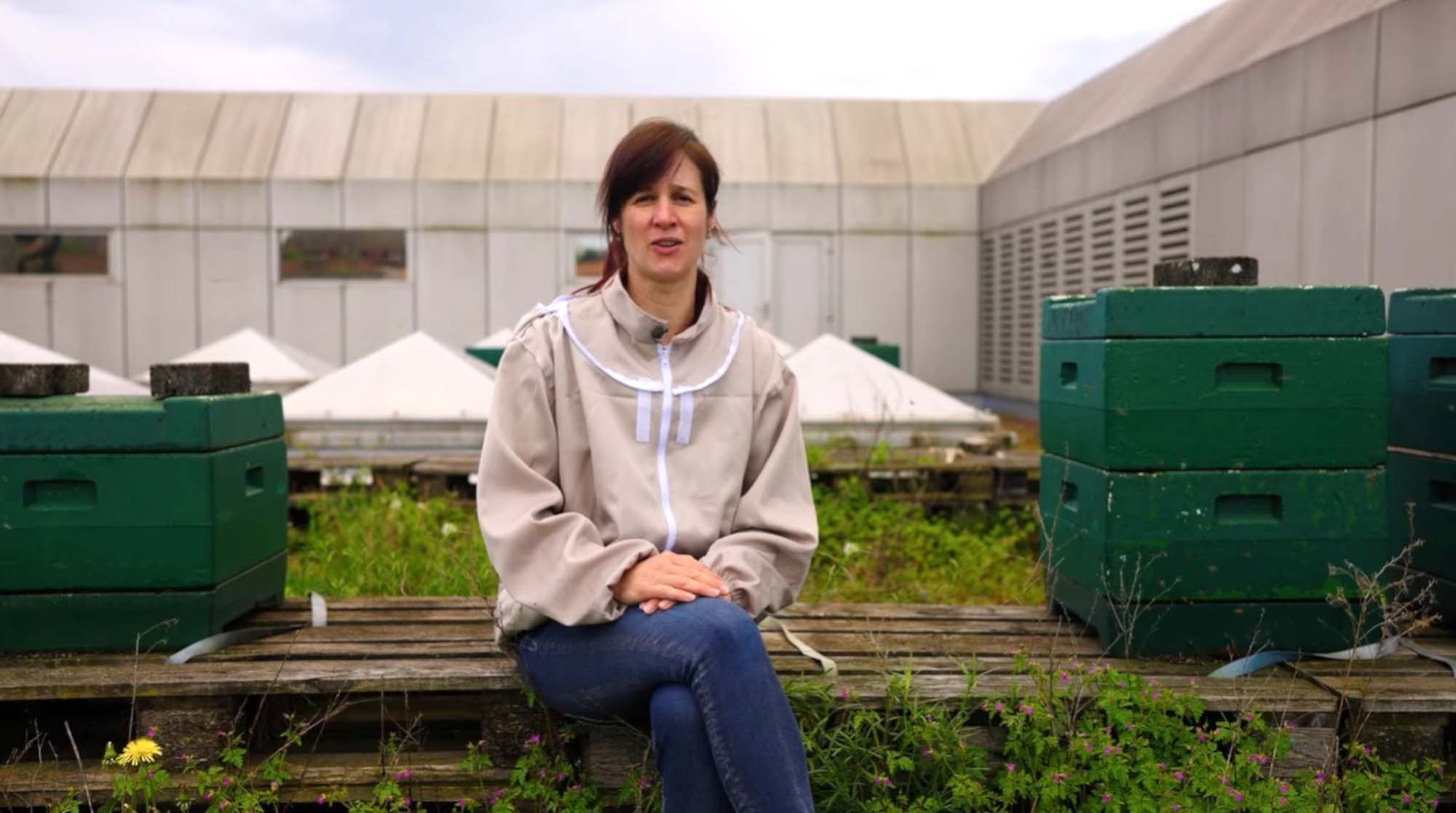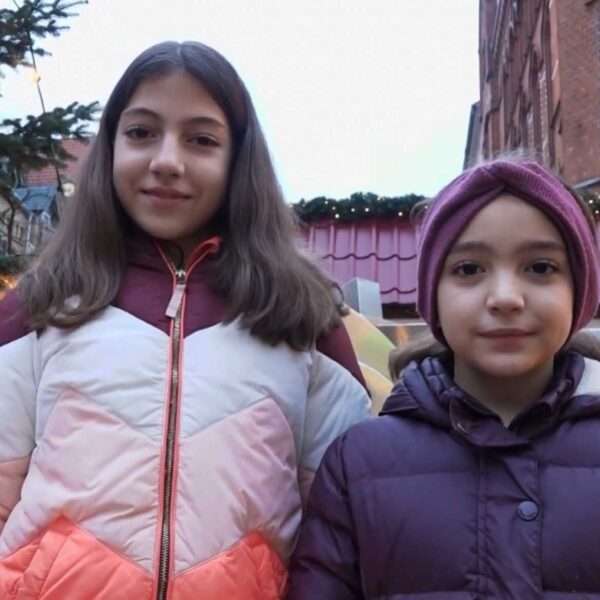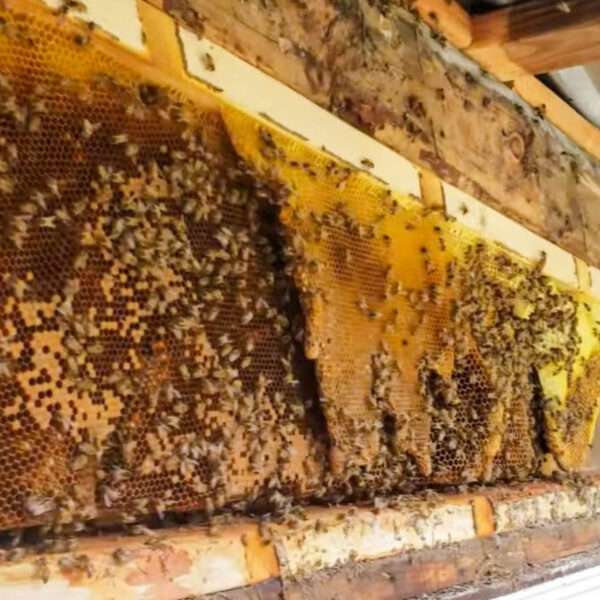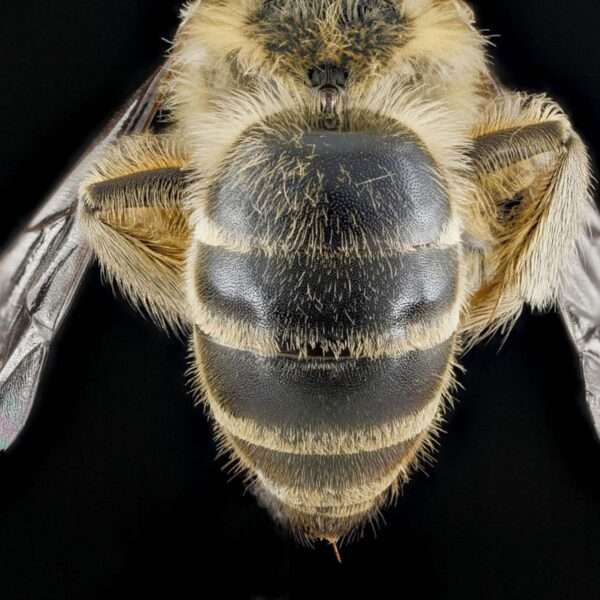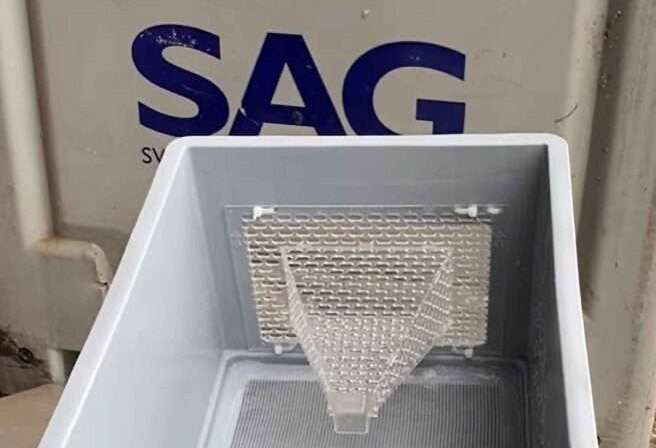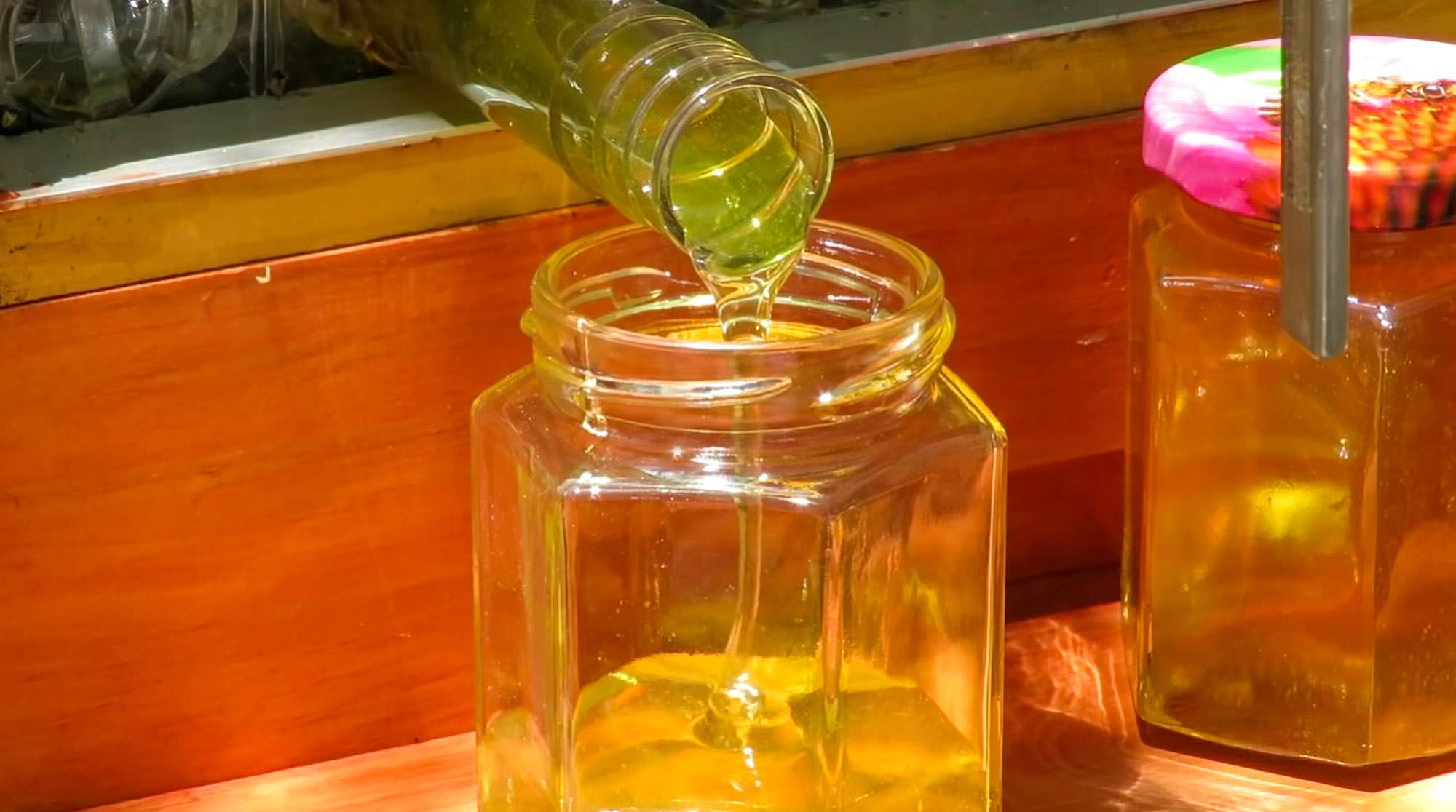A Carinthian carpenter specialised in building beehives has reflected on his family firm’s modest post-war beginnings.
Heinz Wolte runs the SeWol Bienenbeuten company in Gallizien, a small town southeast of Klagenfurt.
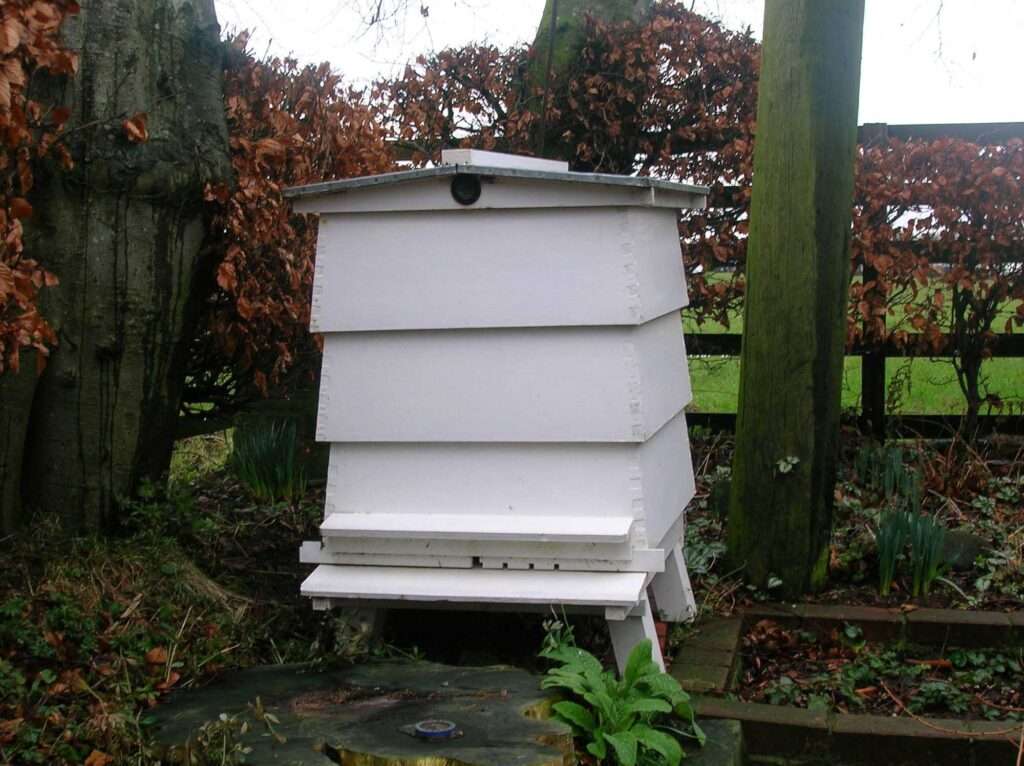
He told broadcaster ORF: “My dad Sepp founded the firm. He was a cooper. When he came home at the end of World War Two, he did not own a penny. But in 1954, he started his own wood-trading business.”
While the hives were built from excess wood from the production of beds at first, the Woltes eventually decided to focus on it.
Heinz – who heads the firm for more than 30 years – says wood from local spruce, beech and lime trees is used to manufacture different types of honeybee hives.
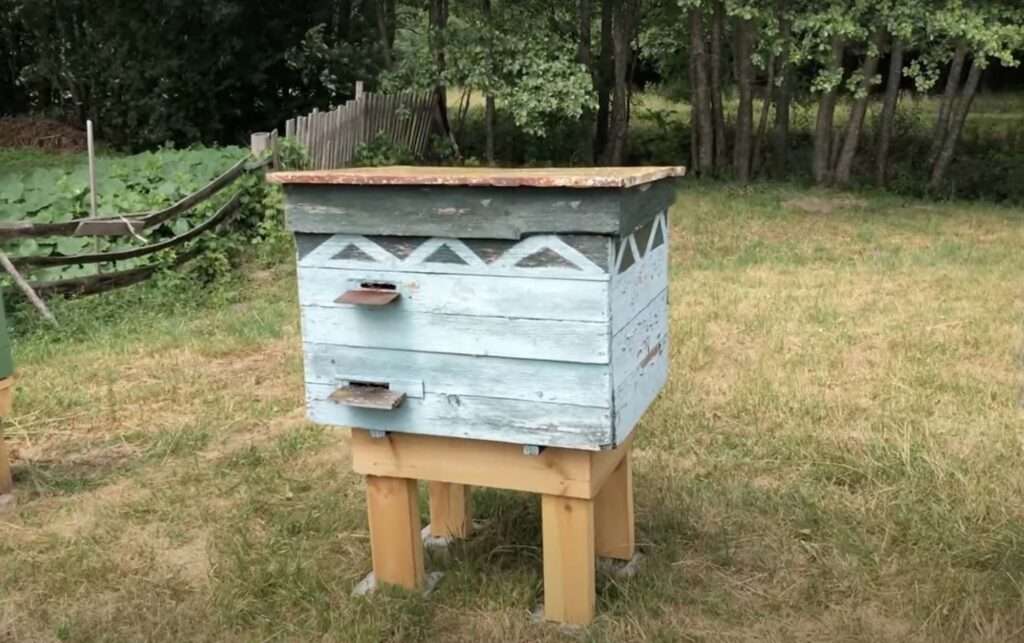
Generally, it takes a team of five employees three to four days to build one product series consisting of 120 alvearies.
One hive costs between EUR 180 and EUR 400 (GBP 155 to 340) per item.
On its website, the company underlines that the protection of the environment is of “great importance” to the whole team.
SeWol Bienenbeuten adds: “We care for the wellbeing of the honeybees.”
There are more than 3,400 beekeepers in Carinthia which is situated in southern Austria. The province – which shares a border with Italy and Slovenia – has 560,000 inhabitants.
